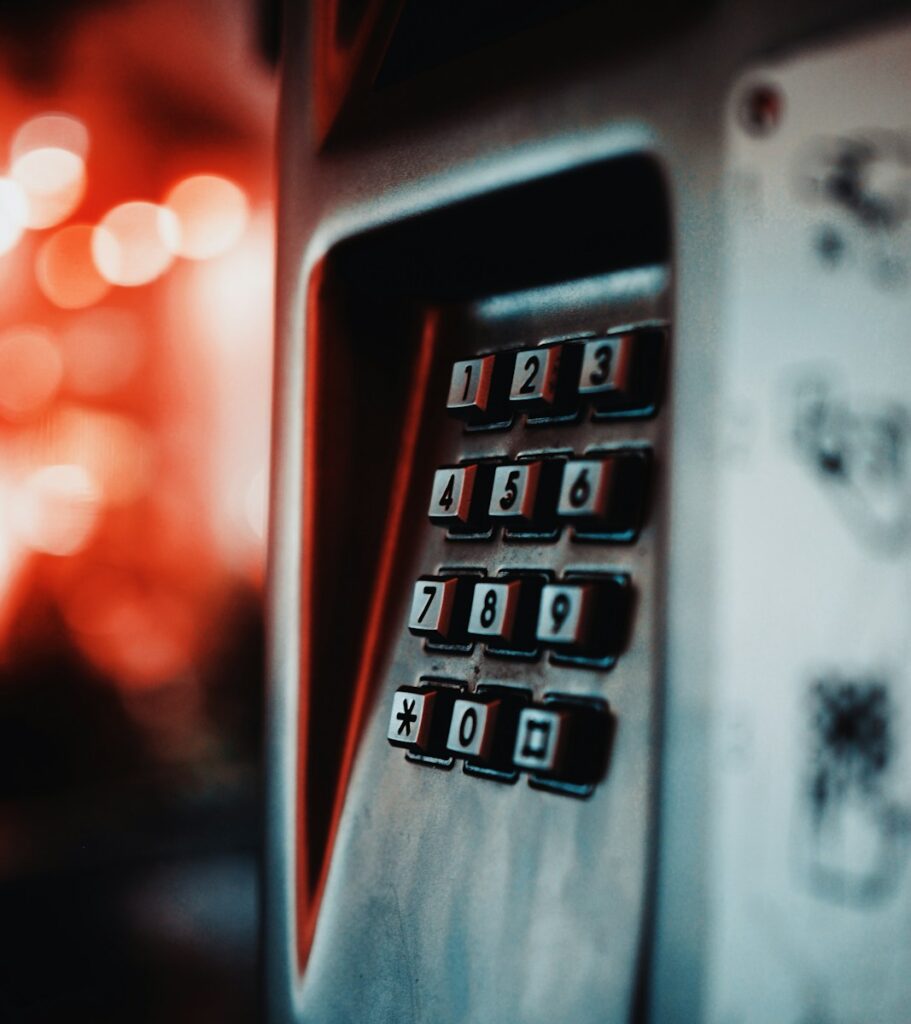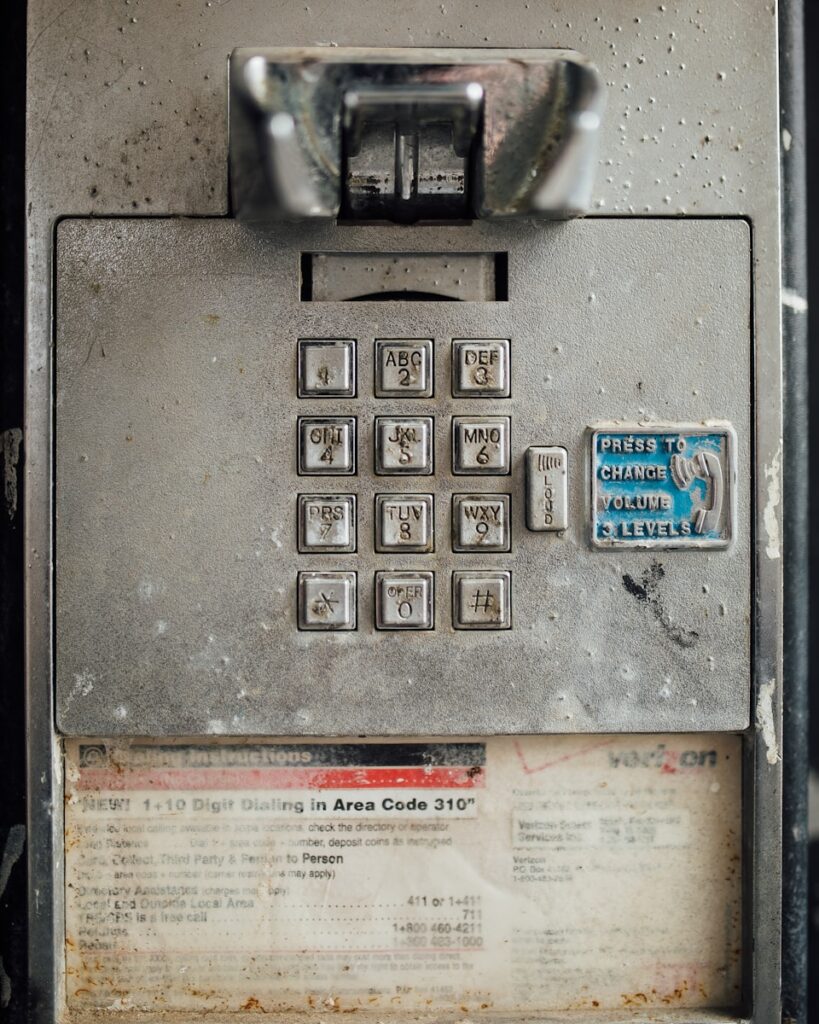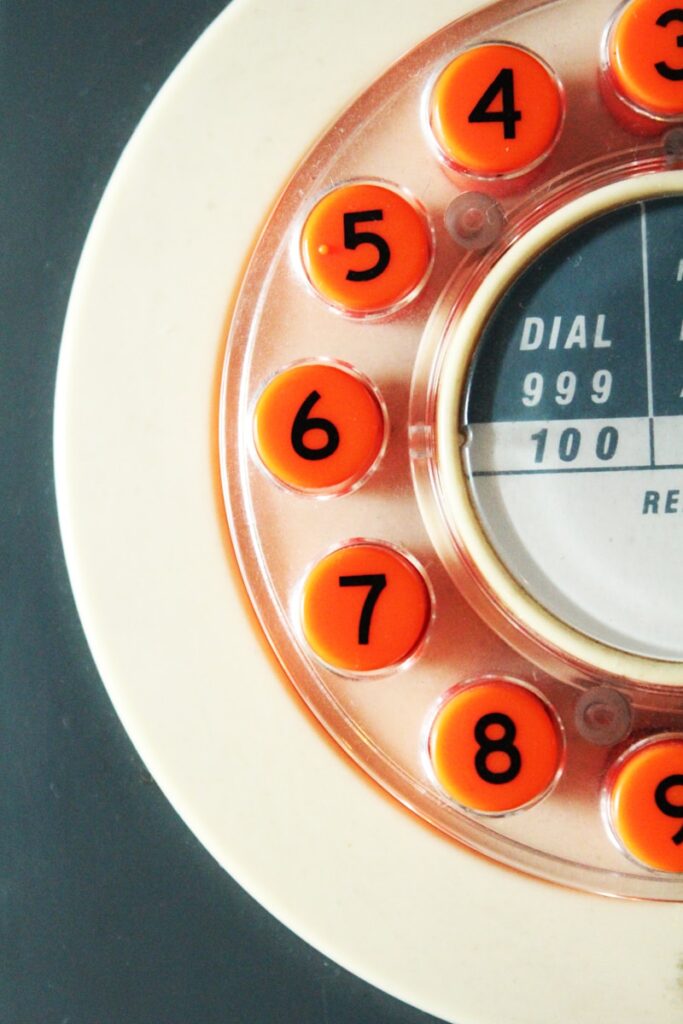How do you write Phone Numbers in Spanish: Formats, Tips, and Common Mistakes
Imagine you’re on a dream vacation in Spain, standing in a bustling market, wanting to exchange contact information with a local vendor who just sold you the most delicious “jamón ibérico”. You fumble with your phone, trying to remember how to format their number correctly. It’s a small detail, but it can make all the difference in staying connected.
Writing phone numbers in Spanish might seem daunting at first, especially with different country codes and formatting styles. But don’t worry, it’s easier than you think! By the end of this article, you’ll feel confident jotting down numbers like a local, whether you’re planning your next trip or just brushing up on your Spanish skills.
Understanding Phone Number Formats in Spanish-Speaking Countries
Ever found yourself staring at a foreign phone number and wondering how to dial it? Don’t worry—you’re not alone. Let’s jump into how Spanish-speaking countries structure their phone numbers, helping you navigate these unique formats like a pro.
Spanish Phone Number Structures
Phone numbers in Spain are all about structure and consistency. Fixed lines usually start with ‘9’ or ‘8’ and have nine digits. The first group of digits pinpoints the province, while the second group zeroes in on the telephone exchange or area. Think of it like a postal code for your phone number!
Mobile phones in Spain begin with ‘6’ or ‘7’ and also contain nine digits, usually clustered in groups of three. These formats make it easy to spot whether you’re dialing a landline or a mobile number right off the bat.
Latin American Phone Number Formats
If you think Spain’s system is straightforward, wait till you explore Latin America. Each country there has its spin on phone number formats, but most follow similar rules. Mexico uses a 10-digit format, featuring a 3-digit area code and a 7-digit local number. This format is a breeze once you get the hang of it.
In other Latin American countries, the format usually consists of a country code, an area code, and a local number. While the exact structure can vary, sticking to these core components will keep you dialed in correctly.
Country-Specific Differences
Different countries bring different twists. Spain employs a closed numbering plan with a trunk prefix ‘9’ baked into the subscriber’s number. Fixed lines start with ‘9’ or ‘8’, and mobiles begin with ‘6’ or ‘7’. Meanwhile, Mexico’s 10-digit format keeps things simple: a 3-digit area code pairs with a 7-digit local number.
Country | Format Type | Standard Format |
|---|---|---|
Spain | Fixed Line | 9XX XXX XXX / 8XX XXX XXX |
Spain | Mobile | 6XX XXX XXX / 7XX XXX XXX |
Mexico | General | (Area Code) 123-4567 |
International Dialing Codes Explained
Dialing internationally doesn’t have to be daunting. When calling Spanish-speaking countries, you’ll start with an international prefix (like + or 00), followed by the country code, area code, and finally, the local number. For example, a call to Spain would begin with +34 (Spain’s country code), then the area code and local number. Understanding these prefixes ensures your call connects every time.
Comparing Mobile And Landline Number Formats
Not sure whether you’re dialing a mobile or a landline? Just look at the first digit. In Spain, landlines kick off with 9 or 8, while mobiles start with 6 or 7. Similarly, in Mexico, it’s usually about the 10-digit format with a bit of area code magic. This simple trick will have you dialing the right number on the first try.
Having a clear grasp of these formats helps immensely, making communication smoother and less error-prone. So next time you jot down a Spanish phone number, you’ll do it with confidence—no matter where you’re calling from.
Essential Rules for Writing Spanish Phone Numbers

Understanding how to write phone numbers in Spanish isn’t just about following rules; it’s also about ensuring your communications are clear and professional. Let’s jump into the details, exploring the essential rules and some helpful tips for getting it right.
Spaces or Hyphens: Which to Use and When
In Spanish, you can use both spaces and hyphens to separate digits in phone numbers. It ensures the numbers are easy to read and less prone to transcription errors. For instance, both “9 123 456 789” and “9-123-456-789” are acceptable formats. The choice comes down to personal preference, though spaces may be more commonly used in informal contexts, while hyphens can appear in more formal settings.
Proper Digit Grouping Techniques
Grouping digits correctly helps in making phone numbers clear and easy to read. Here’s how to do it:
Fixed Lines (Landlines): In Spain, fixed-line numbers are typically grouped as follows:
These groupings ensure that anyone reading the phone number can easily parse out the different segments, making dialing faster and reducing the chance of errors.
Including Country and Area Codes Correctly
When writing international phone numbers, it’s crucial to include the right country and area codes:
Spain: The country code is +34. The full number includes the area code, which identifies the province. Examples:
Other Countries: Different countries have unique country codes. For instance:
Here’s a quick reference table for clarity:
Country | Country Code | Example Number |
|---|---|---|
Spain | +34 | +34 91 123 45 67 |
Costa Rica | +506 | +506 2222-2222 |
Mexico | +52 | +52 1 234 567 8901 |
Including these codes ensures that your message gets through, whether you’re calling internationally or locally.
How to Format Extensions in Spanish
Extensions add another layer of detail to phone numbers and must be formatted correctly to ensure seamless communication. An extension is typically indicated by a comma or a space, followed by the abbreviation “ext.” or the Spanish equivalent “extensión”. For example:
Properly indicating extensions means that your call reaches the intended recipient without confusion.
By mastering these essential rules, you can write Spanish phone numbers with confidence, making your communications clear and professional.
Key Spanish Vocabulary for Phone Numbers

Diving into the world of Spanish phone numbers might seem tricky, but it gets easier with the right vocabulary. Let’s break it down and make you a pro at understanding and writing phone numbers in Spanish!
Important Terms for Phone Number Parts
Knowing the basic parts of a phone number helps you communicate clearly. Here are the key terms you need:
Term in English | Term in Spanish |
|---|---|
Phone number | Número de teléfono |
Country code | Código de país |
Area code | Código de área |
Line number | Número de línea |
“Número de Teléfono” and Its Usage
In Spanish, asking for someone’s phone number often starts with: ¿Cuál es tu número de teléfono? This translates to “What is your phone number?” Whether you’re connecting with a new friend or sorting out business details, knowing how to ask and understand this phrase is a must.
Example dialogue:
This simple exchange highlights how easily you can incorporate this phrase into everyday conversations.
“Código de País” and When to Use It
If you’re making calls across borders, you need the código de país or country code. For Spain, this is +34. Use it when dialing someone in Spain from another country.
Example: To call a Madrid number from the US, dial +34 91 123 45 67. This ensures your call reaches the correct destination without a hitch.
Helpful Phrases for Phone Number Conversations
Feel confident during phone number exchanges with these helpful phrases:
These phrases cover various scenarios, making it easier to navigate any conversation involving phone numbers.
Quick Spanish Number Review (1-10)
Before we finish, let’s quickly review Spanish numbers 1-10 to ensure you can understand every digit when someone says their phone number:
Number | Spanish |
|---|---|
1 | Uno |
2 | Dos |
3 | Tres |
4 | Cuatro |
5 | Cinco |
6 | Seis |
7 | Siete |
8 | Ocho |
9 | Nueve |
10 | Diez |
Make it a habit to practice these numbers so you don’t miss a beat when jotting down phone numbers.
Cultural Aspects of Phone Numbers in Spanish-Speaking Regions
Exploring phone numbers in Spanish-speaking regions isn’t just about getting the digits right—it’s about understanding the cultural context. Each country has its unique twists and expectations.
Regional Number Format Variations
Let’s break down how different Spanish-speaking regions structure their phone numbers.
Spain:
Mexico:
In general, you might hear phone numbers given in a format like “six one eight, five five five, one two three four.” It’s a rhythmic, easy-to-follow pattern.
Phone Number Etiquette in Spanish Business Settings
Politeness goes a long way in business interactions.
Formal Introductions:
Always identify yourself and state your purpose clearly. Imagine receiving a business call where the other person jumps straight to the point—awkward, right?
In Mexico, especially, it’s common to hear “Hola, soy [Your Name] de [Your Company] en [Location].” This sets the tone for a respectful exchange.
Social Norms for Exchanging Numbers in Spanish
Exchanging phone numbers involves a bit more than just reciting digits.
When sharing your number, say it slowly and clearly, following the familiar format mentioned earlier. If you’re receiving a number, don’t hesitate to ask the person to repeat it if you’re unsure.
There’s an element of trust in giving out your number. So, whether it’s a new friend or a business contact, the way you handle this exchange speaks volumes about your respect for the relationship.
Quick Reference Table
Country | Number Type | Prefix | Notes |
|---|---|---|---|
Spain | Local | N/A | Tied to specific areas |
Spain | National | 51 | Standard calling costs |
Spain | Freephone | 800 | Free for callers |
Spain | Mobile | 6, 71-74 | |
Mexico | Business | N/A | Caller’s name, company, location |
So why should you care about these little details? Because they make a big difference in how you’re perceived. Understanding these nuances showcases your respect for the culture, whether you’re calling about a business deal or setting up dinner plans. It’s about connecting with people on more than just a transactional level.
Mastering Spanish Phone Number Pronunciation and Memory
Curious about simplifying your understanding of Spanish phone numbers? Whether you’re dialing internationally or just learning a new language, mastering these tips will make it easier.
Spanish Number Memory Tricks
Ever found it tricky to remember phone numbers in Spanish? Breaking them down can help. To make it simple:
Pronouncing Spanish Phone Numbers Correctly
Pronouncing each digit individually in Spanish can ensure you’re understood correctly. Let’s break down some examples:
Here’s a handy table to visualize:
Number | Pronunciation |
|---|---|
91 | noventa y uno |
6 | seis |
123 | ciento veintitrés |
456 | cuatro cincuenta y seis |
Notice how each number is broken down into its simplest form. This keeps communication clear and consistent.
Practical Exercises: Writing and Speaking Phone Numbers
Ready to practice? Here are a couple of engaging exercises:
Writing Numbers in Spanish:
Speaking Practice:
Remember, it’s all about practice and repetition. The more you use these skills, the more natural they’ll become. Happy dialing!
By focusing on these techniques, you’ll find that mastering Spanish phone numbers is not only achievable but also fun. With regular practice, you can confidently engage in conversations and exchanges, ensuring you’re understood clearly every time.
Avoiding Common Spanish Phone Number Mistakes

Exploring the world of Spanish phone numbers can get tricky if you’re not careful. Let’s break down some common pitfalls and how to avoid them.
Incorrect Digit Grouping Pitfalls
Grouping digits incorrectly is one of the most common mistakes. Spanish speakers often group digits in pairs or even trios, different from the English convention. For example, take the number 518-8596. In Spanish, you might hear it as “cinco uno ocho – ochenta y cinco noventa y seis” or even “quinientos dieciocho – ochenta y cinco noventa y seis”.
Imagine calling a business partner in Spain and grouping the digits as you would in English. It could lead to confusion or a wrong connection. To keep it simple, double-check the grouping before making that call.
Don’t Forget These Important Codes
Country codes are crucial when dialing internationally. Forgetting to include the country code means your call won’t go through. Picture this: you’re trying to reach your friend in Mexico without using +52, and the call just doesn’t connect. It’s important to familiarize yourself with country codes for Spanish-speaking countries. Here’s a quick snapshot:
Country | Code |
|---|---|
Spain | +34 |
Mexico | +52 |
Argentina | +54 |
Colombia | +57 |
Always include these codes when calling internationally to prevent any frustrations.
English vs. Spanish Number Conventions: Key Differences
Wondering why these conventions matter? Miscommunication can lead to missed opportunities or misunderstandings. Let’s compare:
In English, we often say each digit separately. In contrast, Spanish speakers might group them. Imagine you’re booking a reservation in Costa Rica and mispronounce the number. This can be the difference between securing a spot or not. Understanding these conventions can make your interactions smoother and more professional.
Remember, small details like these can enhance your communication and avoid unnecessary complications. Whether you’re dialing up an old friend or striking a business deal, keeping these tips in mind ensures clarity and precision.
Conclusion: Becoming Fluent in Spanish Phone Number Writing
Mastering how to write phone numbers in Spanish is more than just a skill; it’s a gateway to smoother communication and stronger connections. By understanding the structured formats and cultural nuances, you’ll be well-equipped to avoid common mistakes and ensure clarity in your interactions.
Remember to pay attention to digit grouping and always include country codes for international calls. With these tips in mind, you’ll find it easier to navigate both personal and professional conversations in Spanish-speaking regions. Happy dialing!
Frequently Asked Questions
How do you format a phone number in Spain?
In Spain, phone numbers typically have 9 digits and are written in a 3-3-3 format, e.g., 123 456 789. For international dialing, include the country code +34, so it would look like +34 123 456 789.
What is the correct structure for Mexican phone numbers?
Mexican phone numbers have different formats depending on the region. Generally, for domestic calls: (area code) XXXX-XXXX or (area code) XXX-XXXX. For international, it’s +52 (area code) XXXX-XXXX or +52 (area code) XXX-XXXX, where +52 is Mexico’s country code.
Why is it important to include country codes when dialing internationally?
Including country codes when dialing internationally ensures that your call is correctly routed to the desired country. For example, Spain uses +34, and Mexico uses +52. Omitting these can lead to misconnection or failed calls.
How do Spanish and English number conventions differ?
In Spanish, phone numbers are often grouped differently, e.g., 123 456 789 instead of 123-456-789 in English. Also, decimals use commas (e.g., 1.234,56) and thousands use periods (e.g., 1.234) in Spanish, which is the opposite of English conventions.
What are common mistakes to avoid when writing Spanish phone numbers?
Common mistakes include incorrect digit grouping, forgetting the country code for international calls, and not adapting to the Spanish format from English formats, which can cause miscommunication.
How can I improve my pronunciation of Spanish phone numbers?
Practice by breaking down the number into smaller groups and repeating them aloud: uno, dos, tres (1, 2, 3), cuatro, cinco, seis (4, 5, 6), etc. Listen to native speakers and mimic their intonation for better accuracy.
How can remembering Spanish phone numbers become easier?
Use mnemonic devices, repeat the numbers aloud, and practice with real examples. Writing them down using the correct format repeatedly can also help embed them into your memory.






